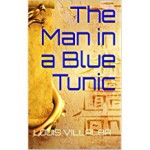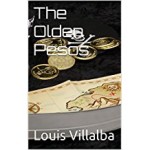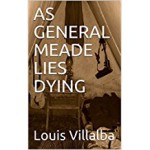Nothing was more common, in those days, than to interpret all meteoric appearances, and other natural phenomena that occured with less regularity than the rise and set of sun and moon, as so many revelations from a supernatural source. Thus, a blazing spear, a sword of flame, a bow, or a sheaf of arrows seen in the midnight sky, prefigured Indian warfare. Pestilence was known to have been foreboded by a shower of crimson light. We doubt whether any marked event, for good or evil, ever befell New England, from its settlement down to revolutionary times, of which the inhabitants had not been previously warned by some spectacle of its nature. Not seldom, it had been seen by multitudes. Oftener, however, its credibility rested on the faith of some lonely eye–witness, who beheld the wonder through the coloured, magnifying, and distorted medium of his imagination, and shaped it more distinctly in his after–thought. It was, indeed, a majestic idea that the destiny of nations should be revealed, in these awful hieroglyphics, on the cope of heaven.
From “The Scarlet Letter” by Nathaniel Hawthorne
With great elegance, Nathaniel Hawthorne describes the ancient conviction that our future is written in the sky: “It was, indeed, a majestic idea that the destiny of nations should be revealed, in these awful hieroglyphics, on the cope of heaven. A scroll so wide might not be deemed too expensive for Providence to write a people’s doom upon.”
It is amazing what man’s imagination can create to replace our lack of knowledge. There are people who still assign presaging significance to changes in the firmament. Horoscopes and astral predictions are widely used. Even the exploration of the moon, neighboring planets, and meteorites has failed to end with this belief. It must be the beauty of the night sky that keeps our mind longing for a better world.



































